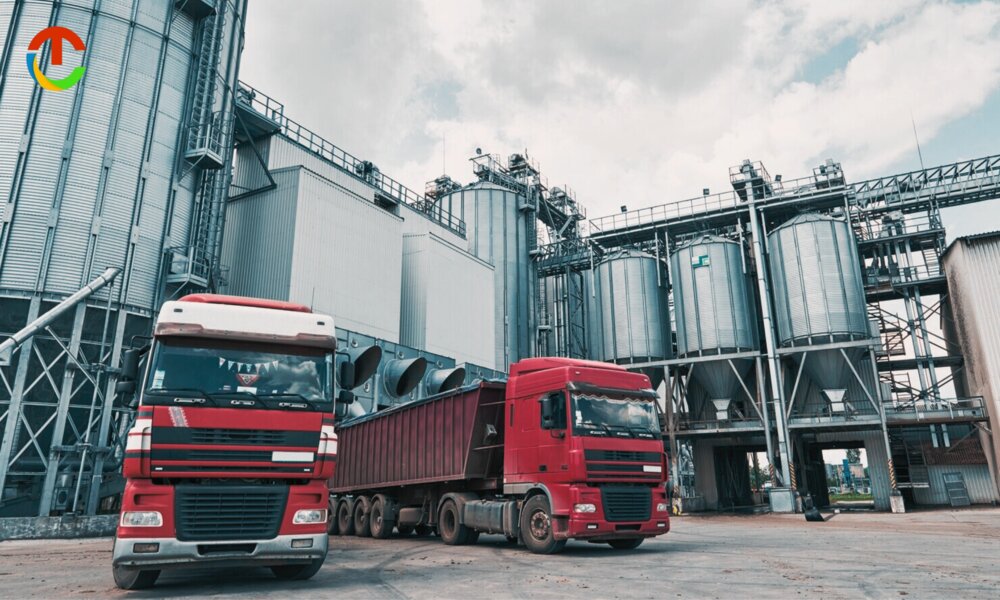
France’s New Prime Minister: Macron Appoints Sebastien Lecornu
Key Highlights: President Emmanuel Macron appoints Sebastien Lecornu as France’s new Prime Minister. Lecornu, a close ally of Macron, takes charge at a politically sensitive time. The move signals continuity in Macron’s government strategy. Analysts








































































































